Back to Birken
Saturday, September 27, 2025
A travel report from my 7 day silent retreat
Saturday, September 27, 2025
A travel report from my 7 day silent retreat
Wednesday, August 27, 2025
Travelogue by bullet point
On the plane back to Vancouver. 🛫 Goodbye Ottawa! 🏛️ Thanks for the memories Kingston. 💍 Loved the Cirque, Montréal. 🎪 Quebec City, I hope to return to the Château Frontenac in 19+ to see the new colour of the ceiling! 🏰 Summer hols are almost over. Regular programming starts Monday. 👋
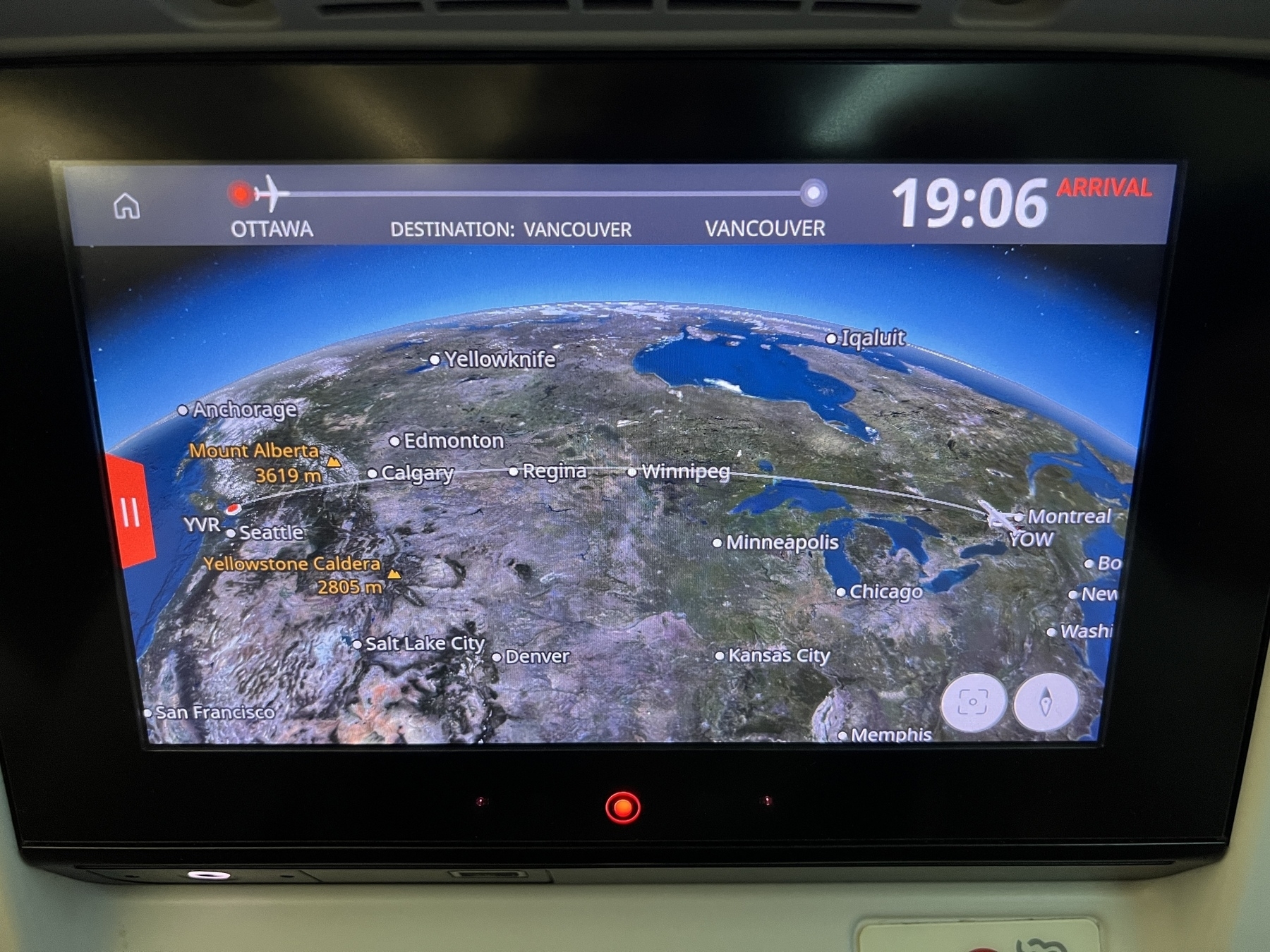
More Ottawa adventures: Stewart the Service dog who greets people at the hotel and lives in a castle in the lobby, the portrait of Churchill that was stolen from Château Laurier and wasn’t noticed for 8 months and later returned, and Hitler’s car.

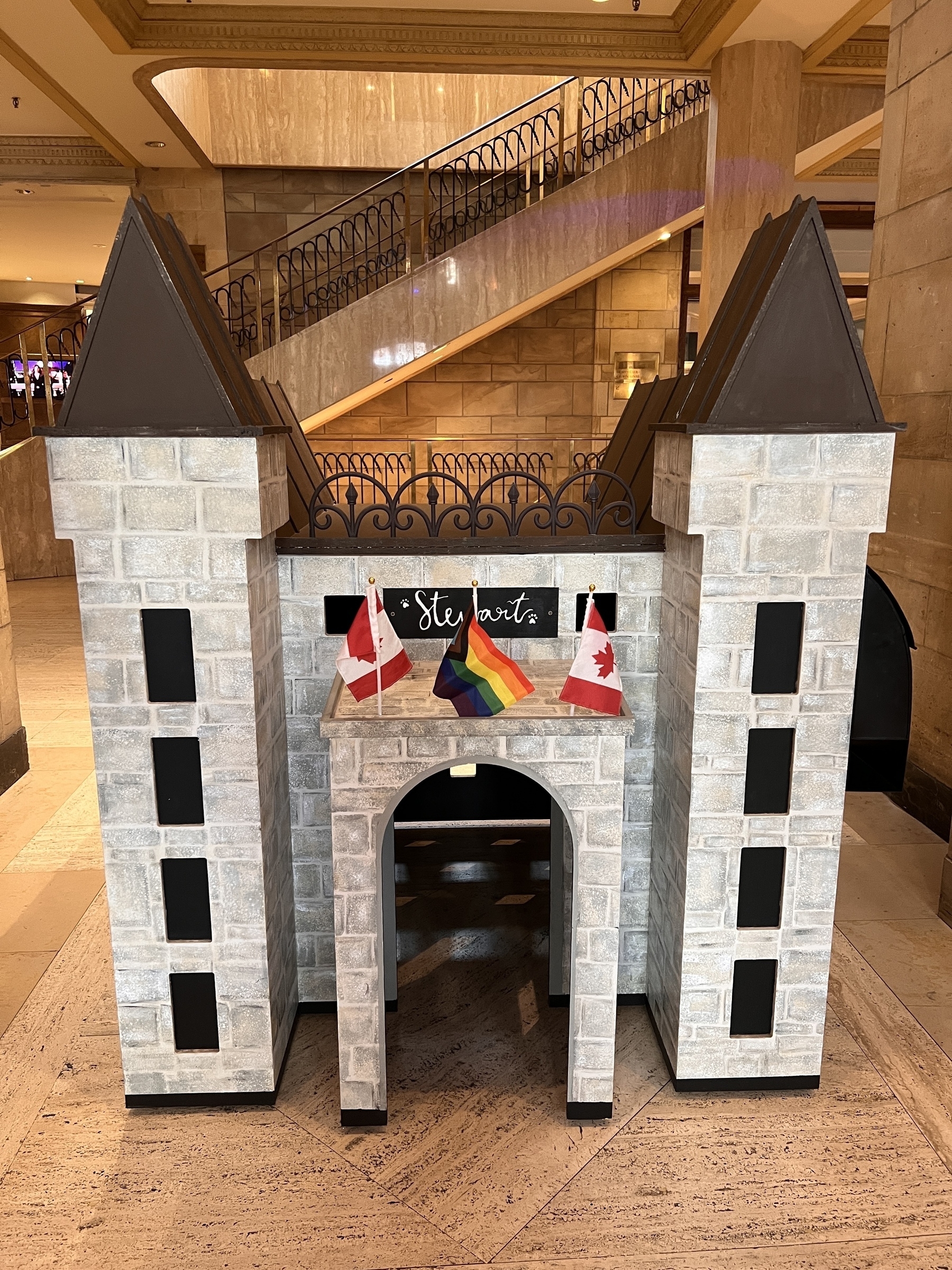
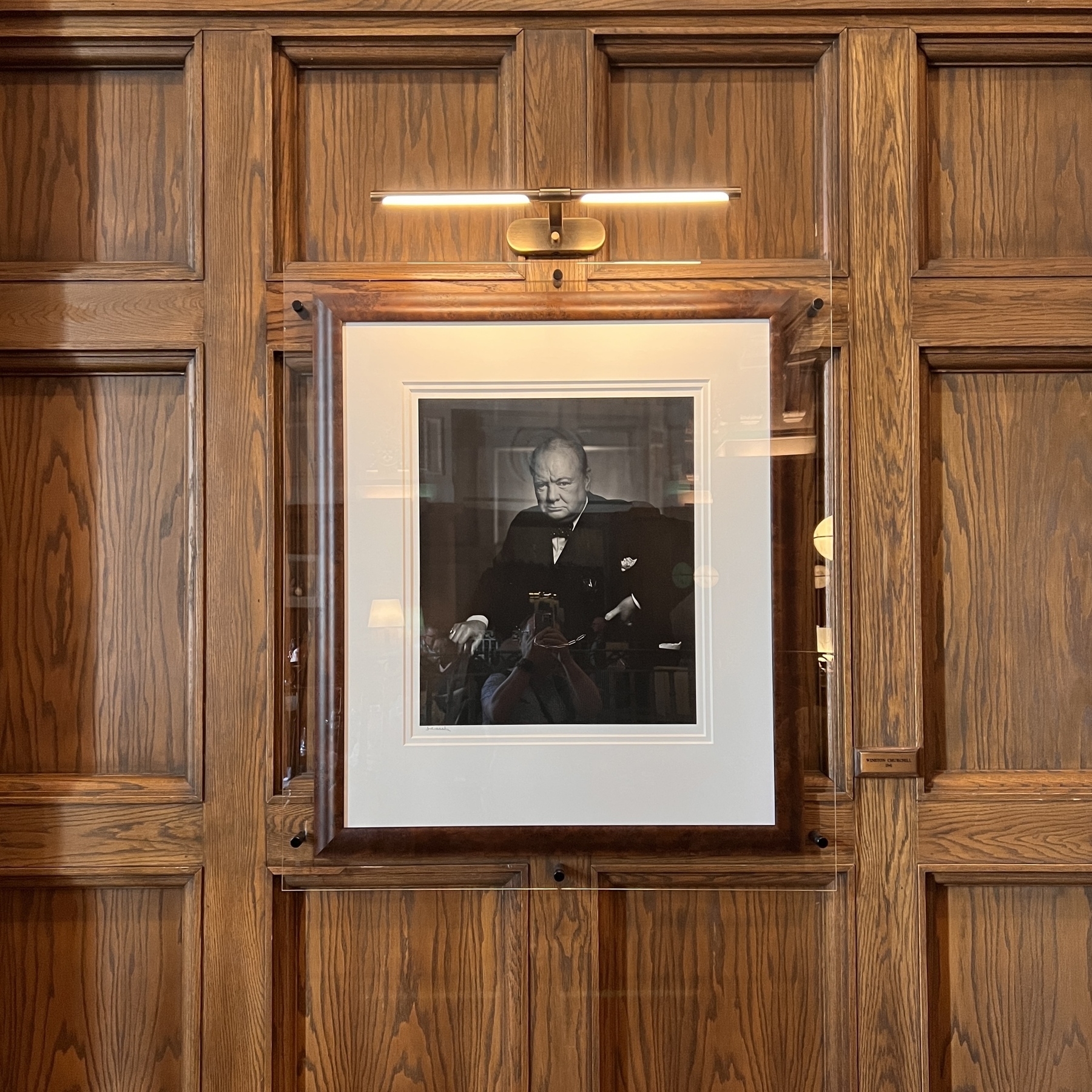
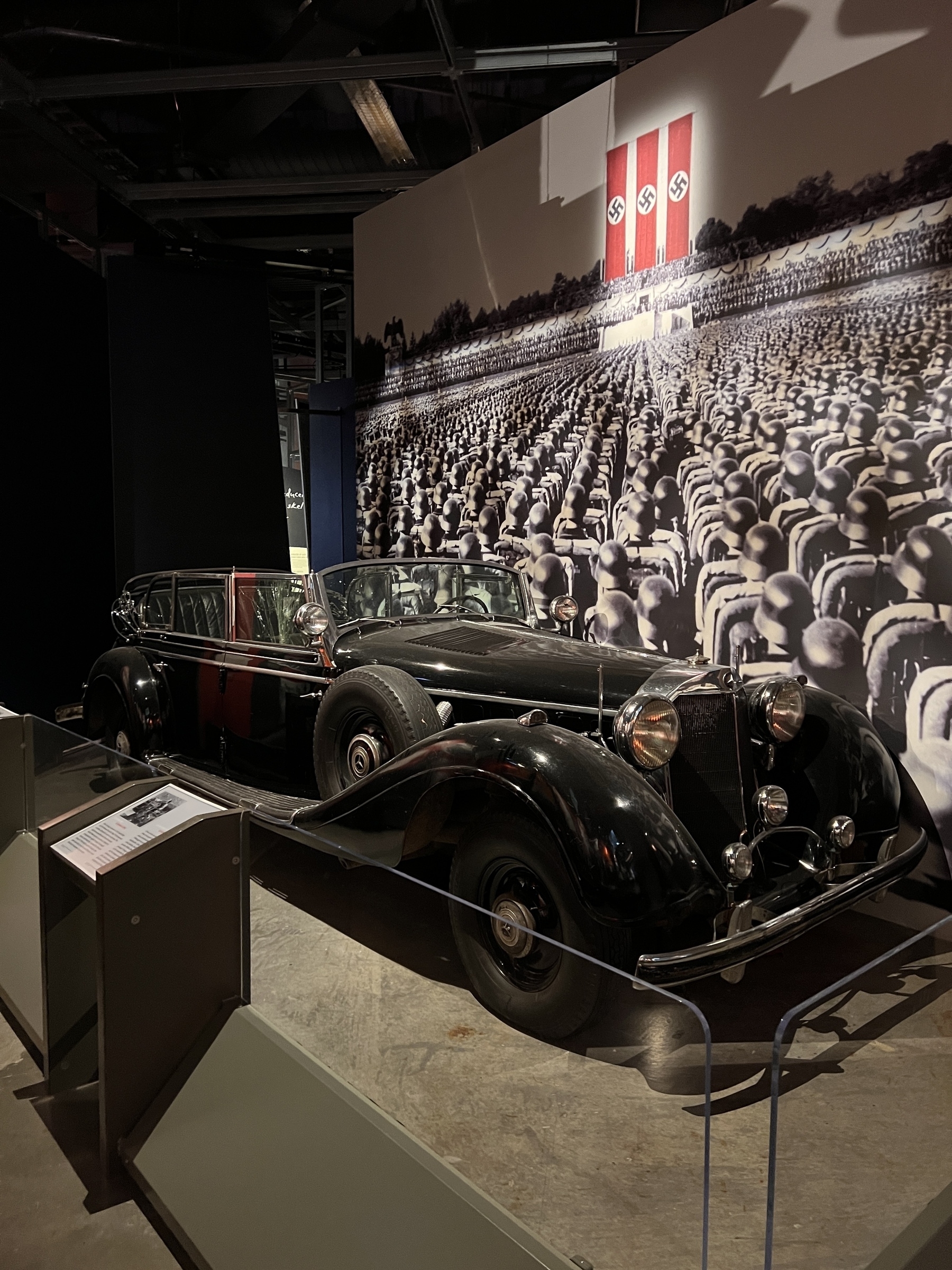
Today’s adventures in Ottawa: National Gallery of Canada and Canadian Museum of History 🇨🇦

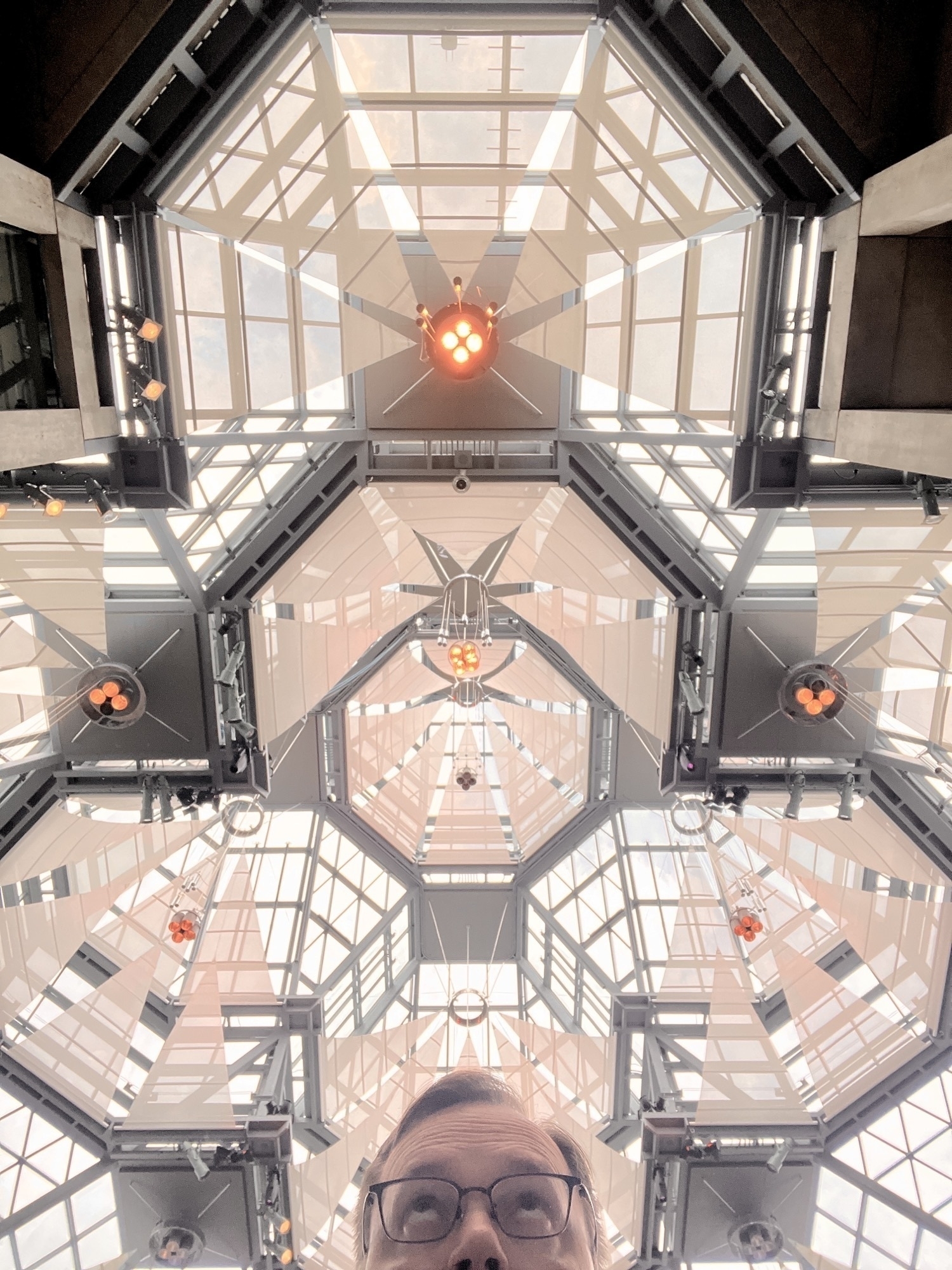
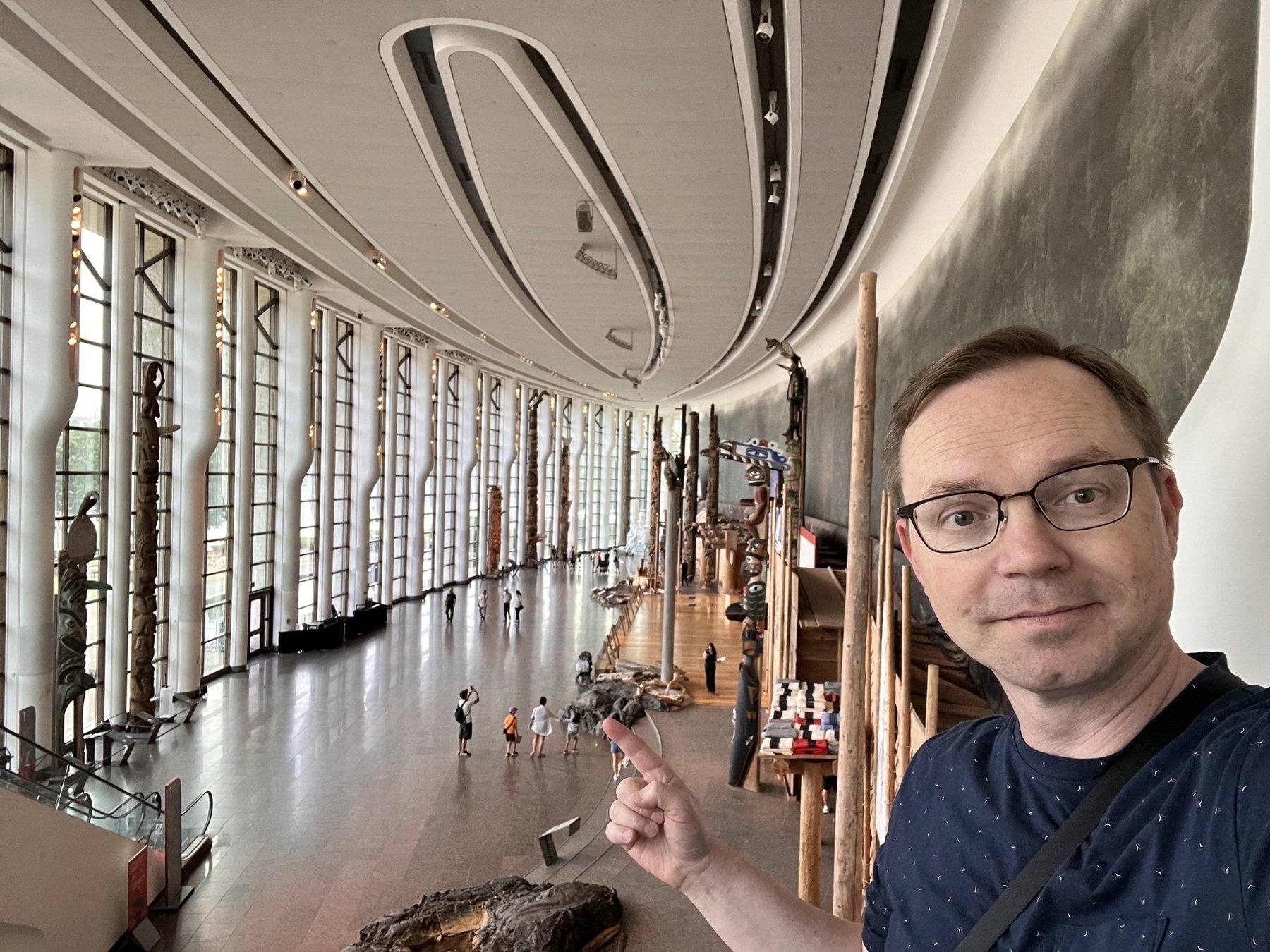
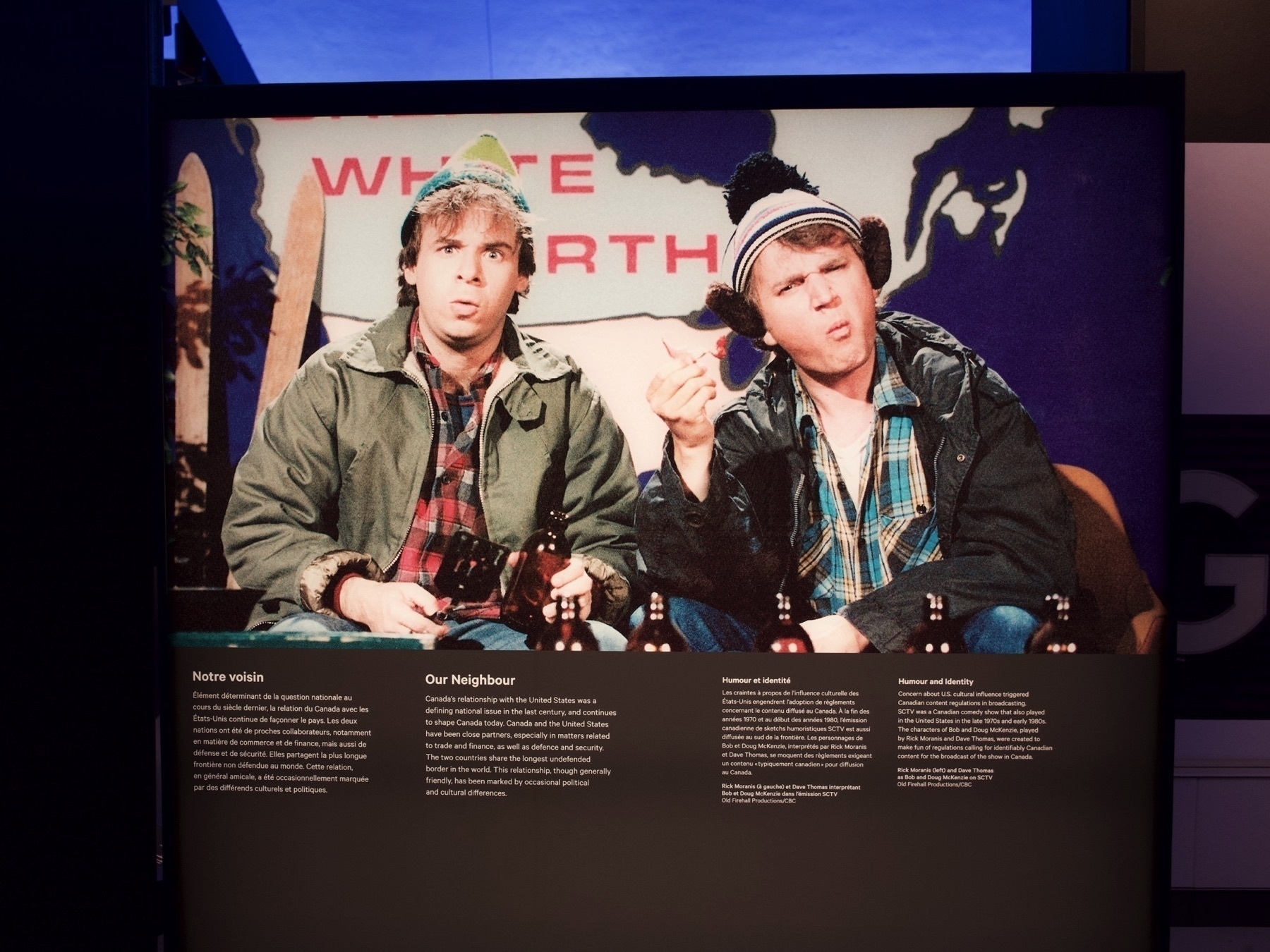
The national Canadian Museum of Nature in Ottawa is a very impressive building. Built in “Scottish Baronial” design, it features of all sorts of animals 🫎🐺🦬🦫 on the outside and depicted in the stained glass. Also it has giant Earth 🌎 and Moon 🌖 globes!


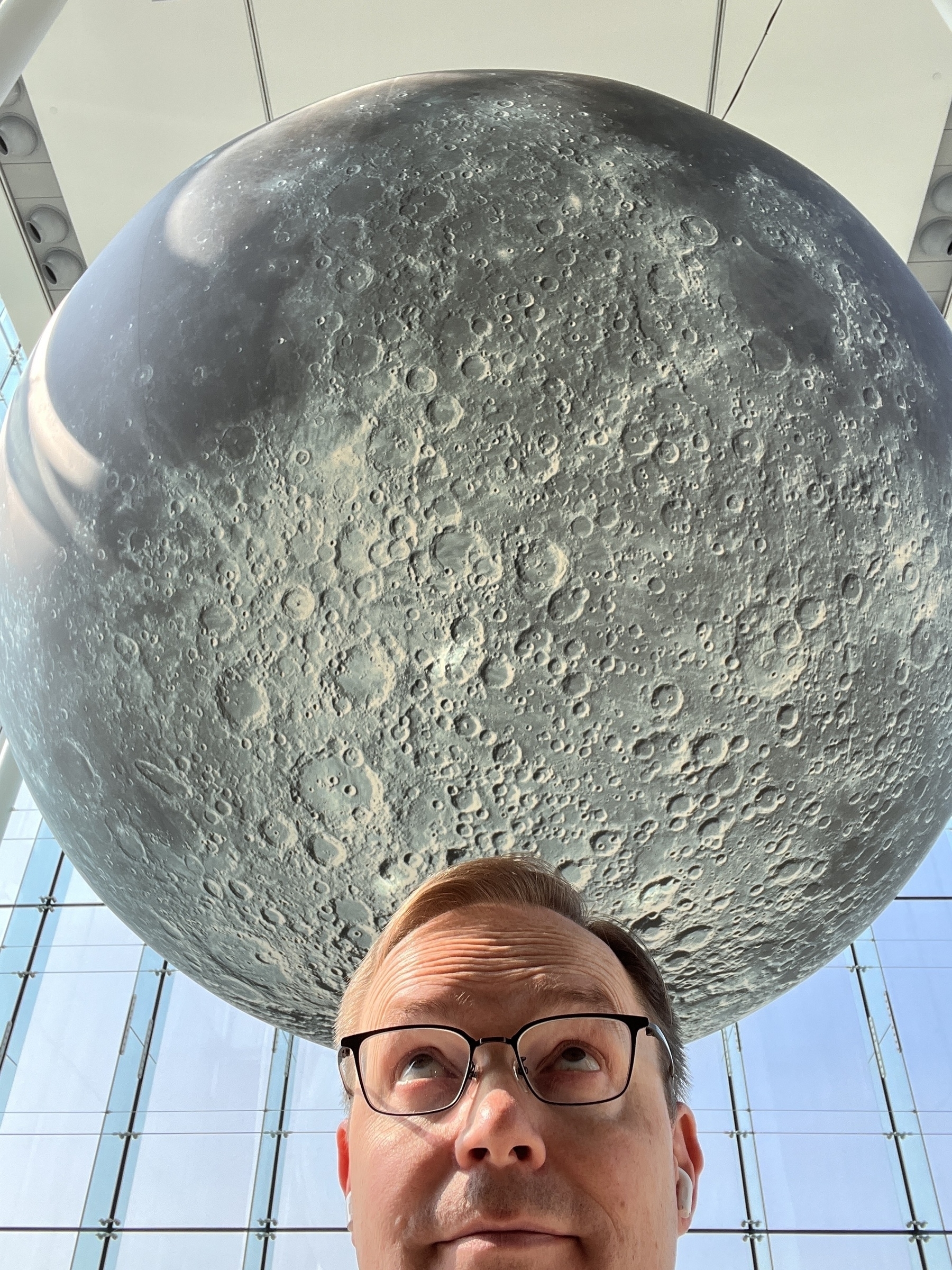

Made it to the capital 🇨🇦
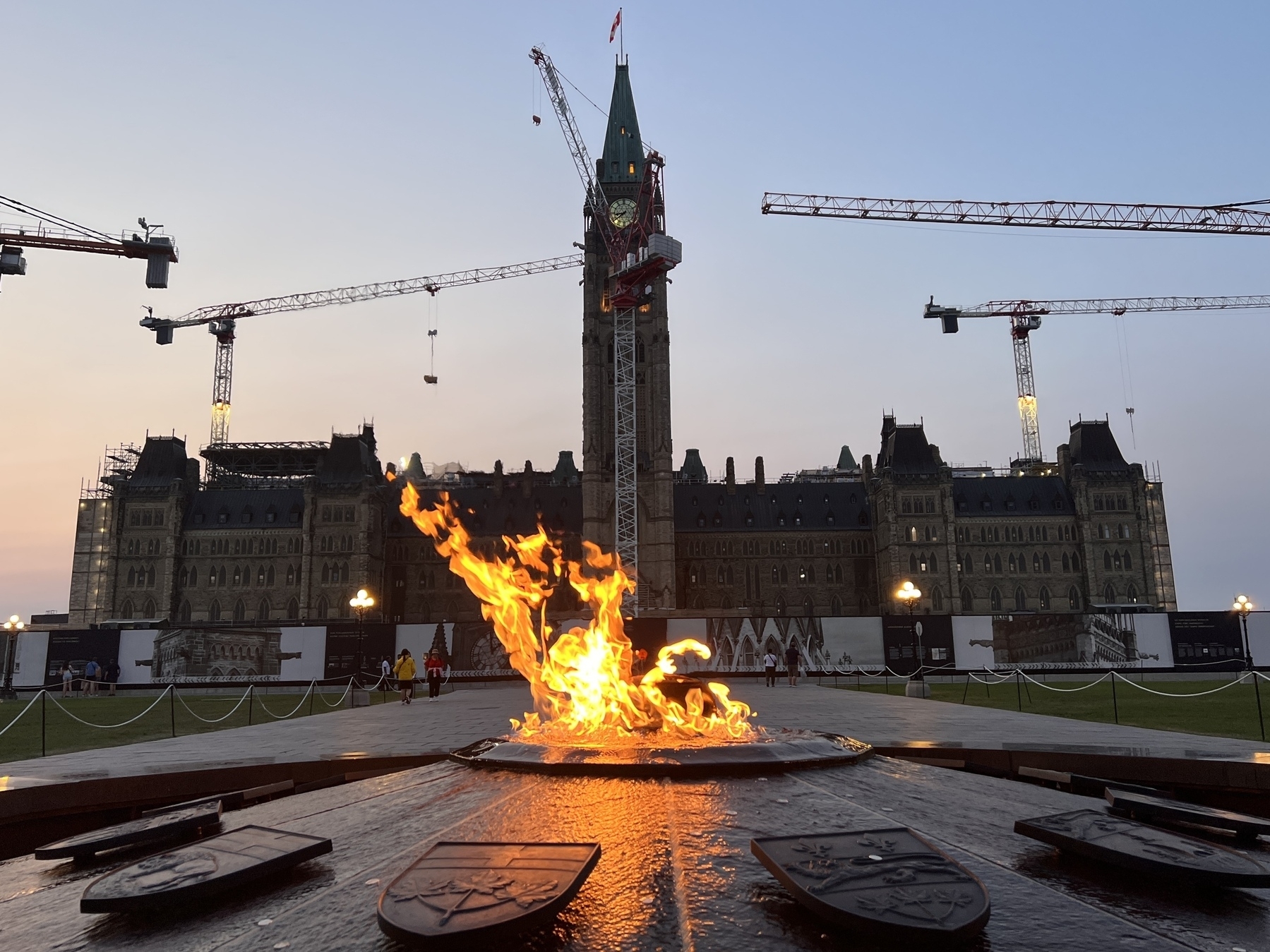
Now for some Cirque du Soleil 🎪

2 last morning shots of le Château Frontenac before we get on the train to Montréal. Over the past 100 years it has been expanded 5 times, taking the room count from 160 to over 600. In the 90s they almost lost their 5 ⭐️ rating for lack of a pool and spa so they built one! 🏊 🧖♀️
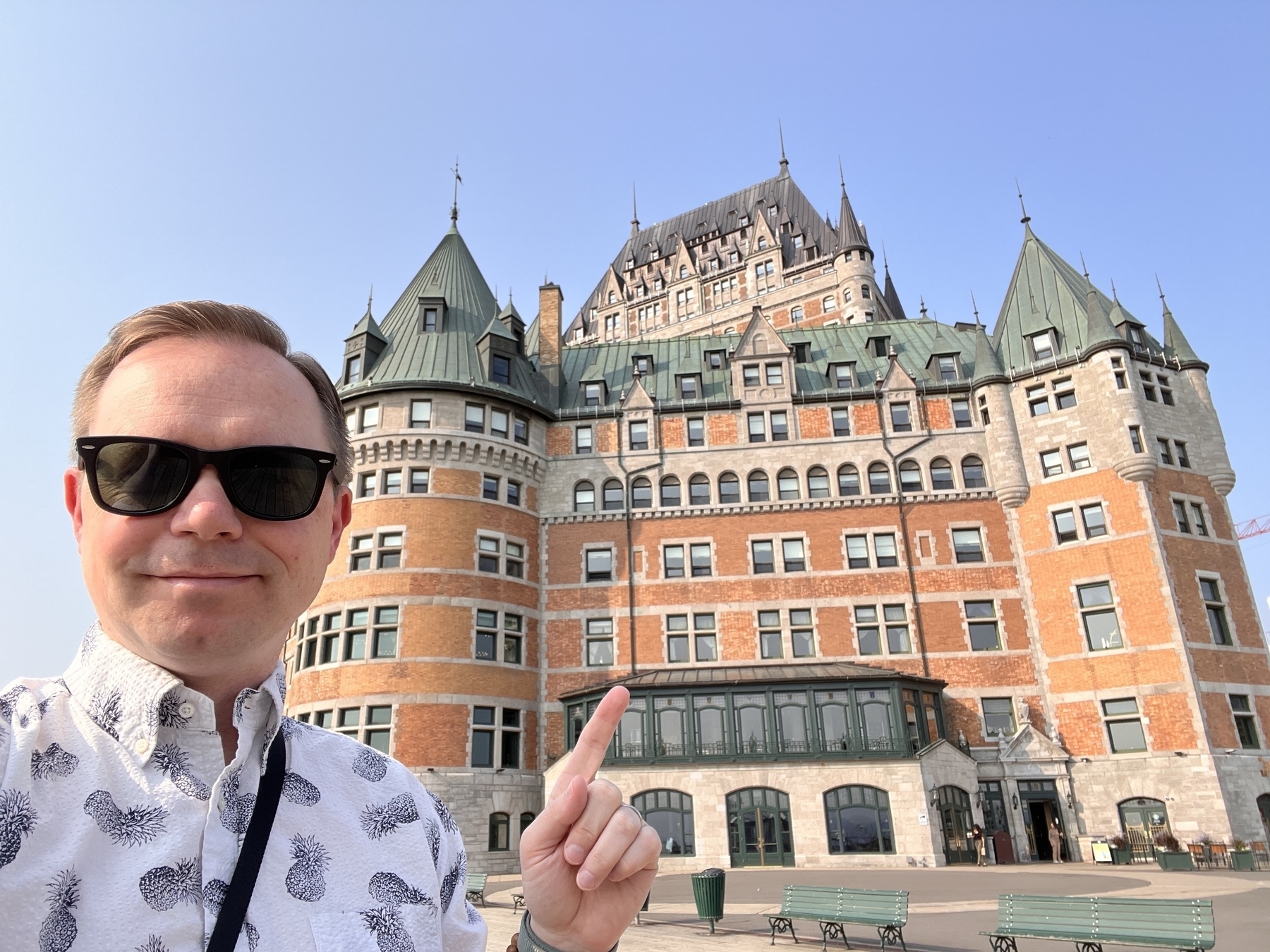

We GOBLIN’d it up in Quebec today #kdrama
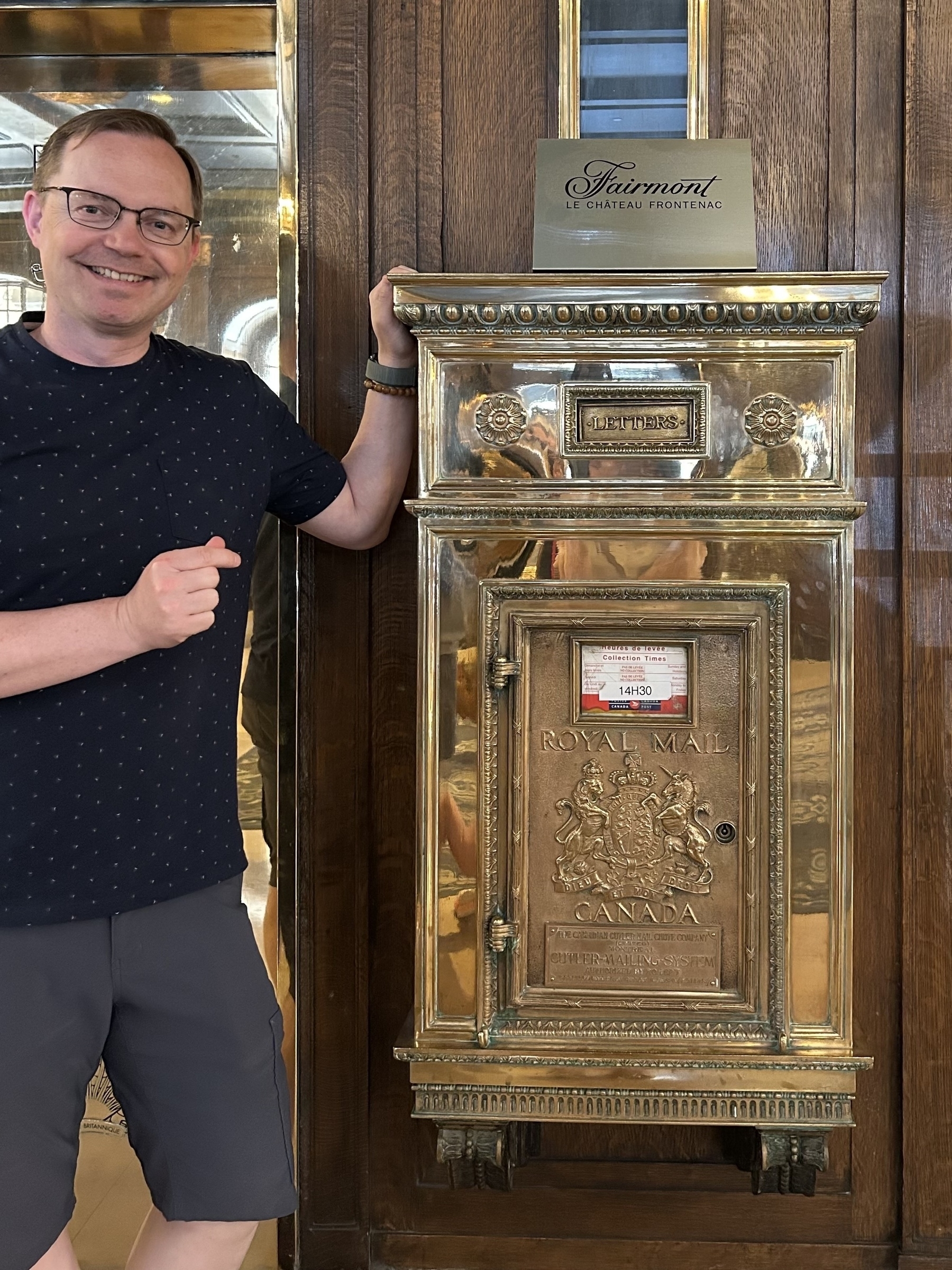

Crossed the plains of Quebec to the capital city, founded in 1608 by Samuel de Champlain and the only walled city north of Mexico. We checked in at the hotel, did a walkaround, and ate some crepes. Tomorrow we reunite with our older daughter who has been here 5 weeks studying Français!

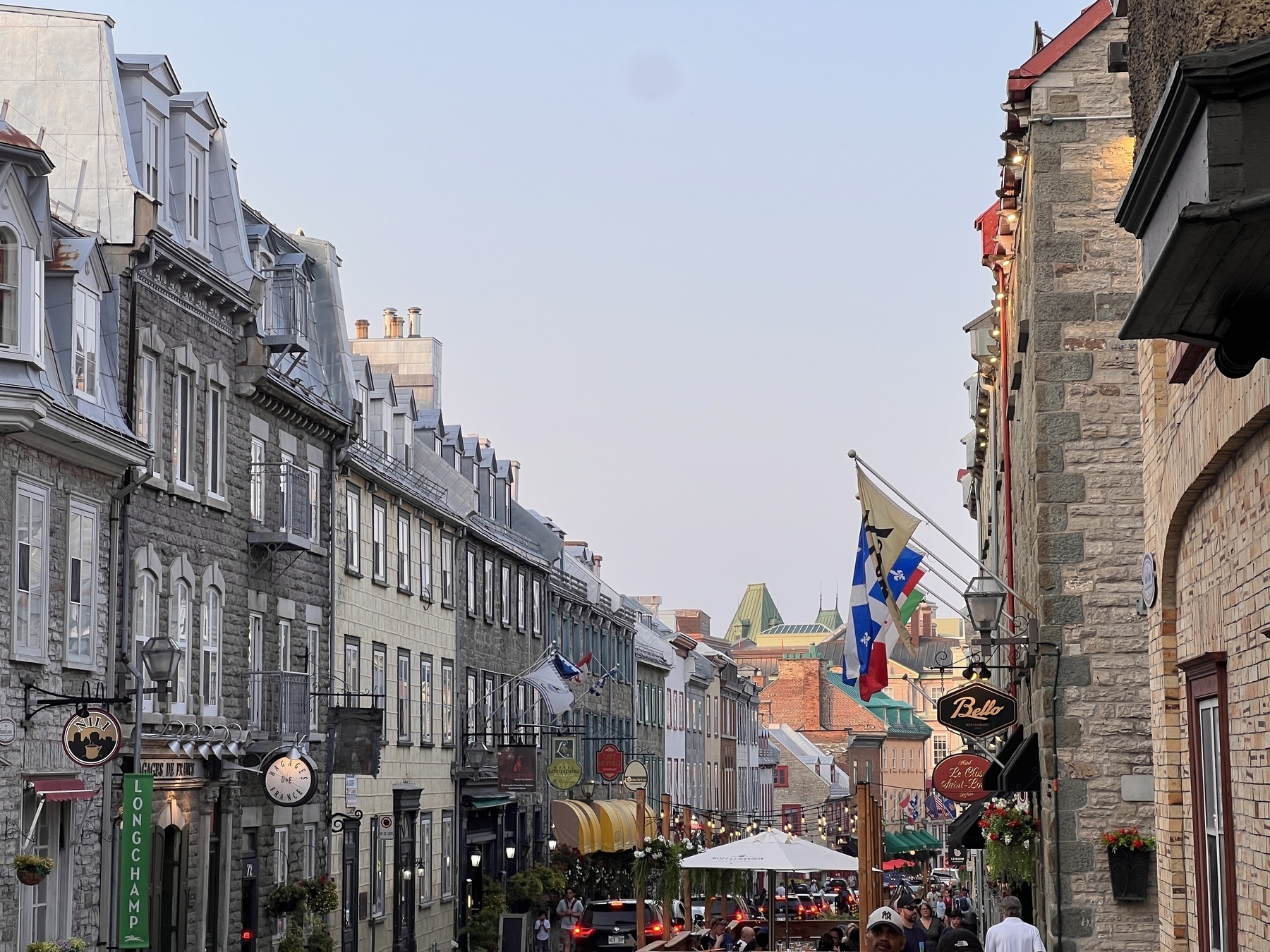


Current status: Quebec City ⚜️
This is the furthest east I have ever been in my life‡ 🙀
‡ Most of my travels have been in the Far East
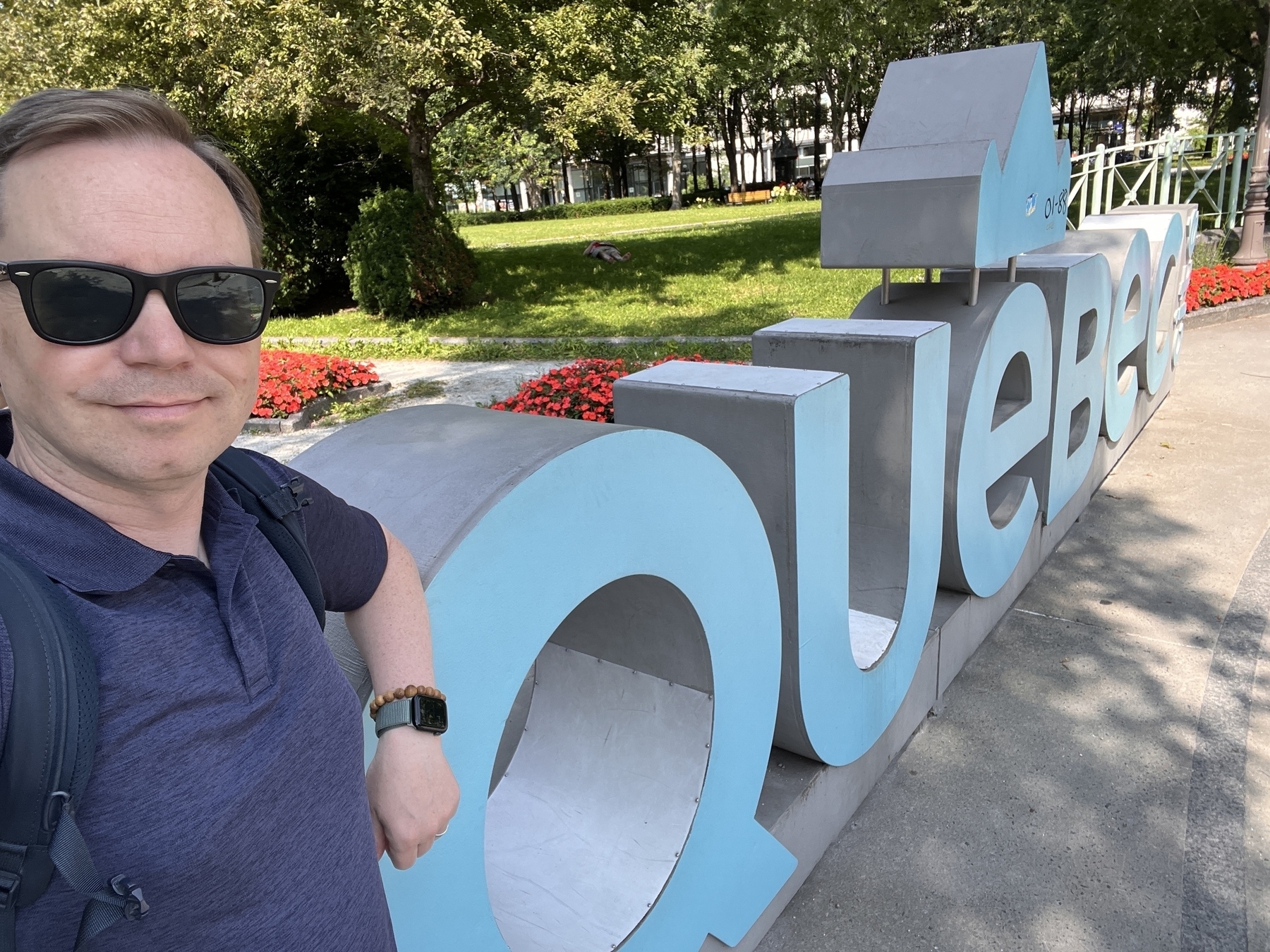
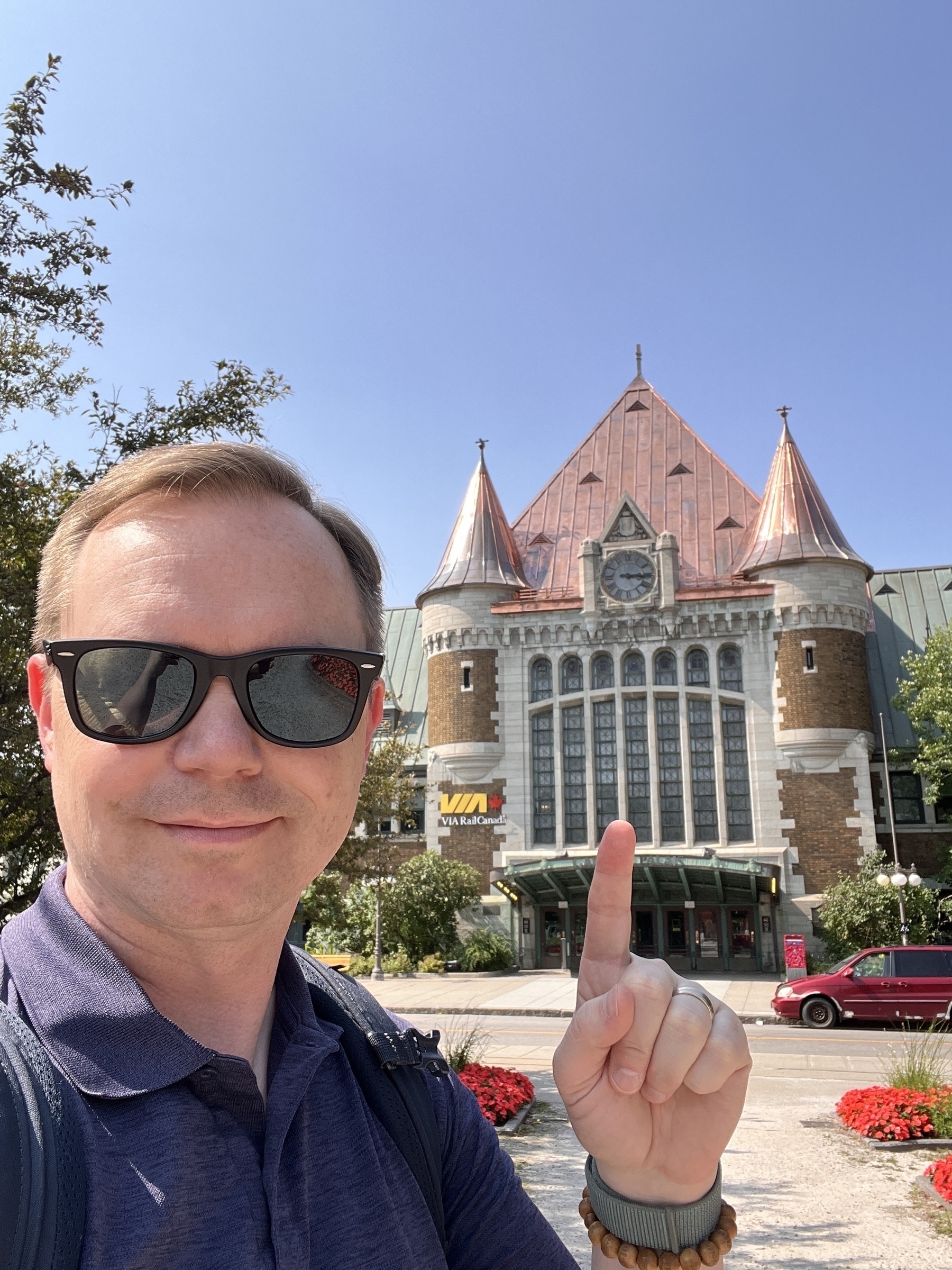
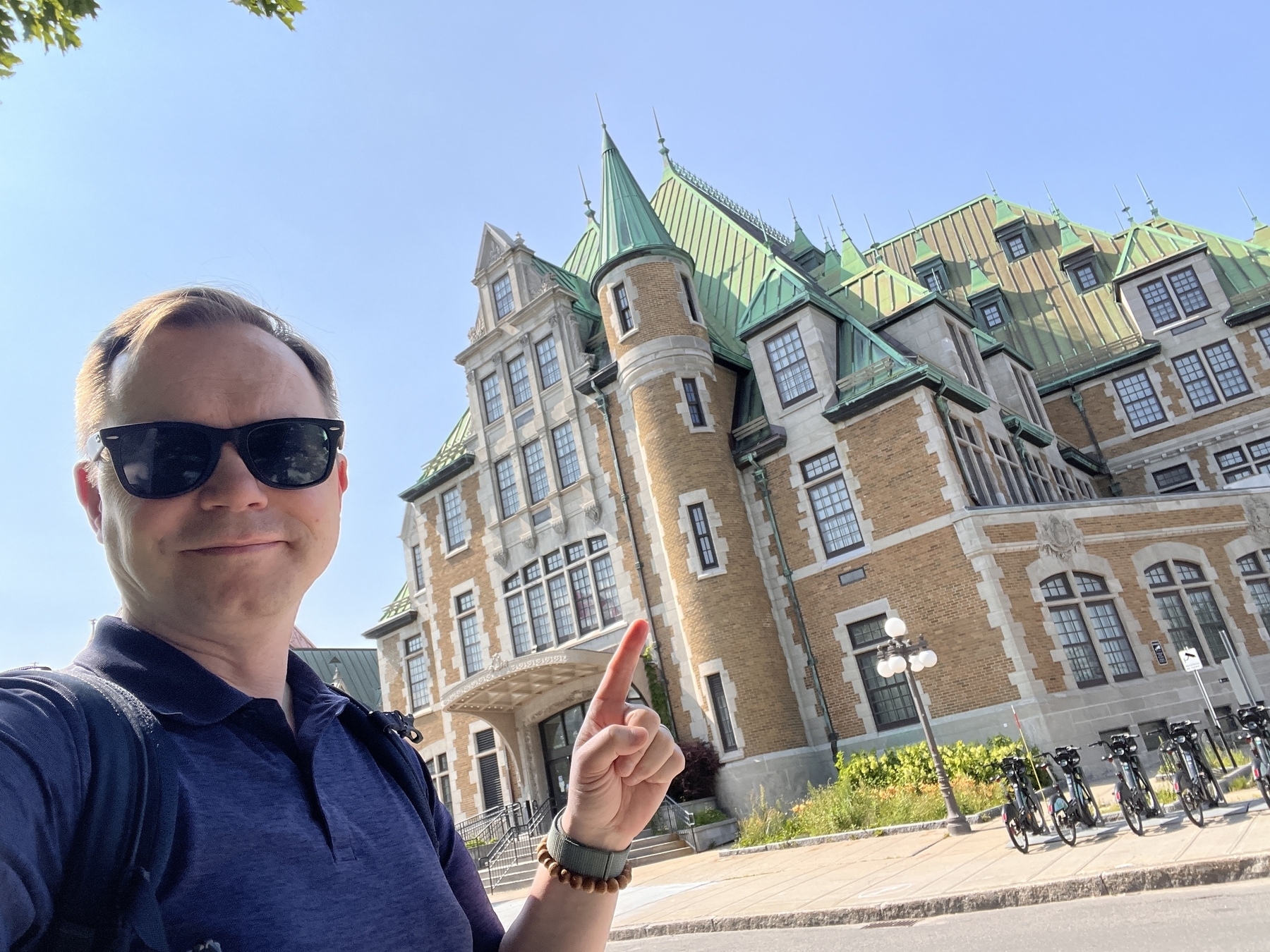
Last day in Montréal! Walked a bunch including up the mountain! 🥵 Lovely view. Had amazing handmade spicy noodles 🍜 for dinner. (Seriously get the Oil Spill noodle, spicy cucumber, and spicy tofu strips. Perfect for a hot day!). Bon nuit Montréal! 🌇



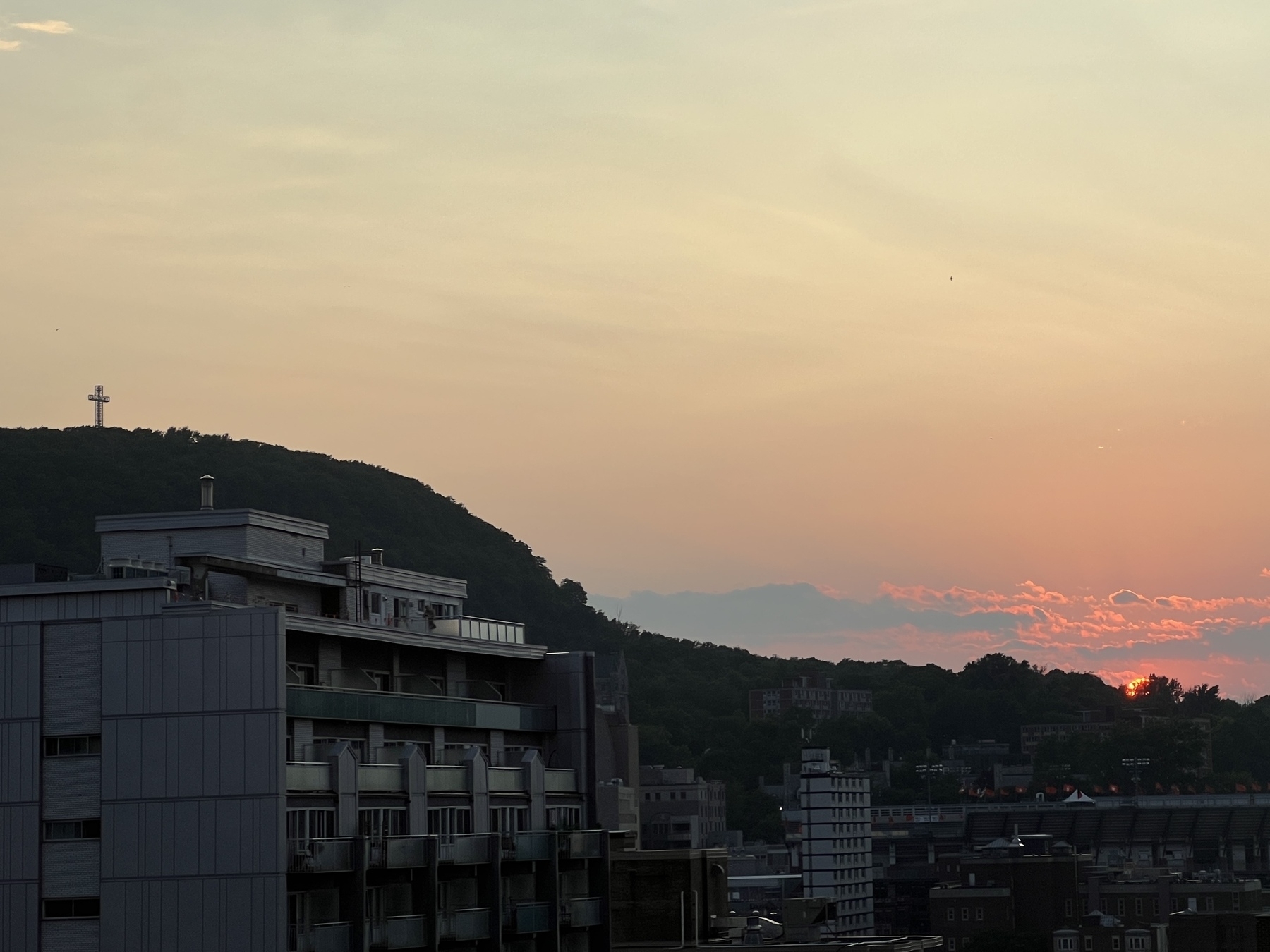
Today was “Dome Day” in Montréal for us. We first visited the Biodome by the Olympic stadium dating from Olympics in 1976. Afterwards we saw the Biosphere designed by Buckminster Fuller himself for the 1967 Expo.

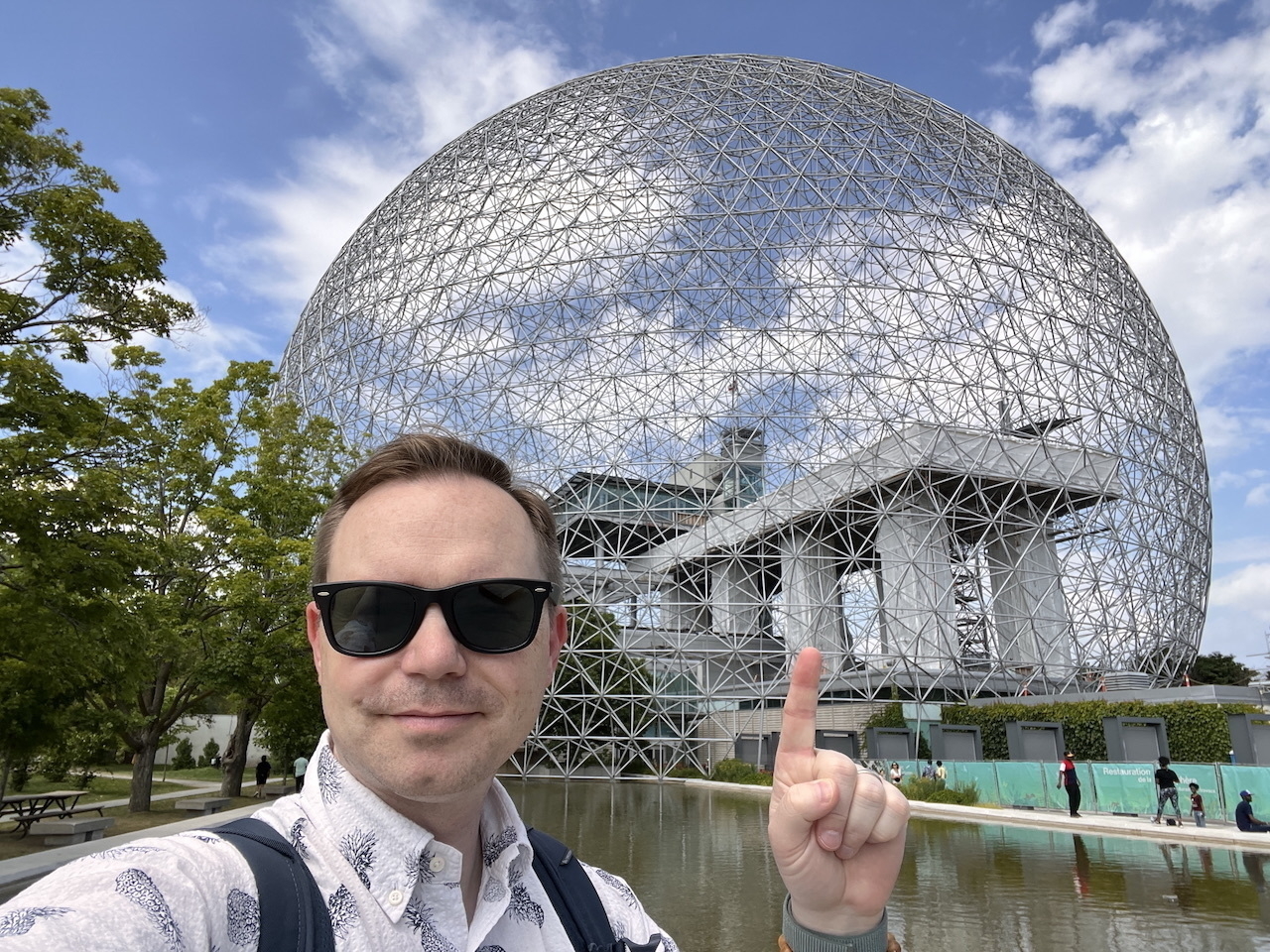
The sun sets on a hot and smoky day in Montréal. We walked around quite a bit. Sunburned. Saw The Ring. Ate crepes. Hit Schwartz’s. Walked by a ton of murals. Drank with witches. Daughter pet cats. What a day!
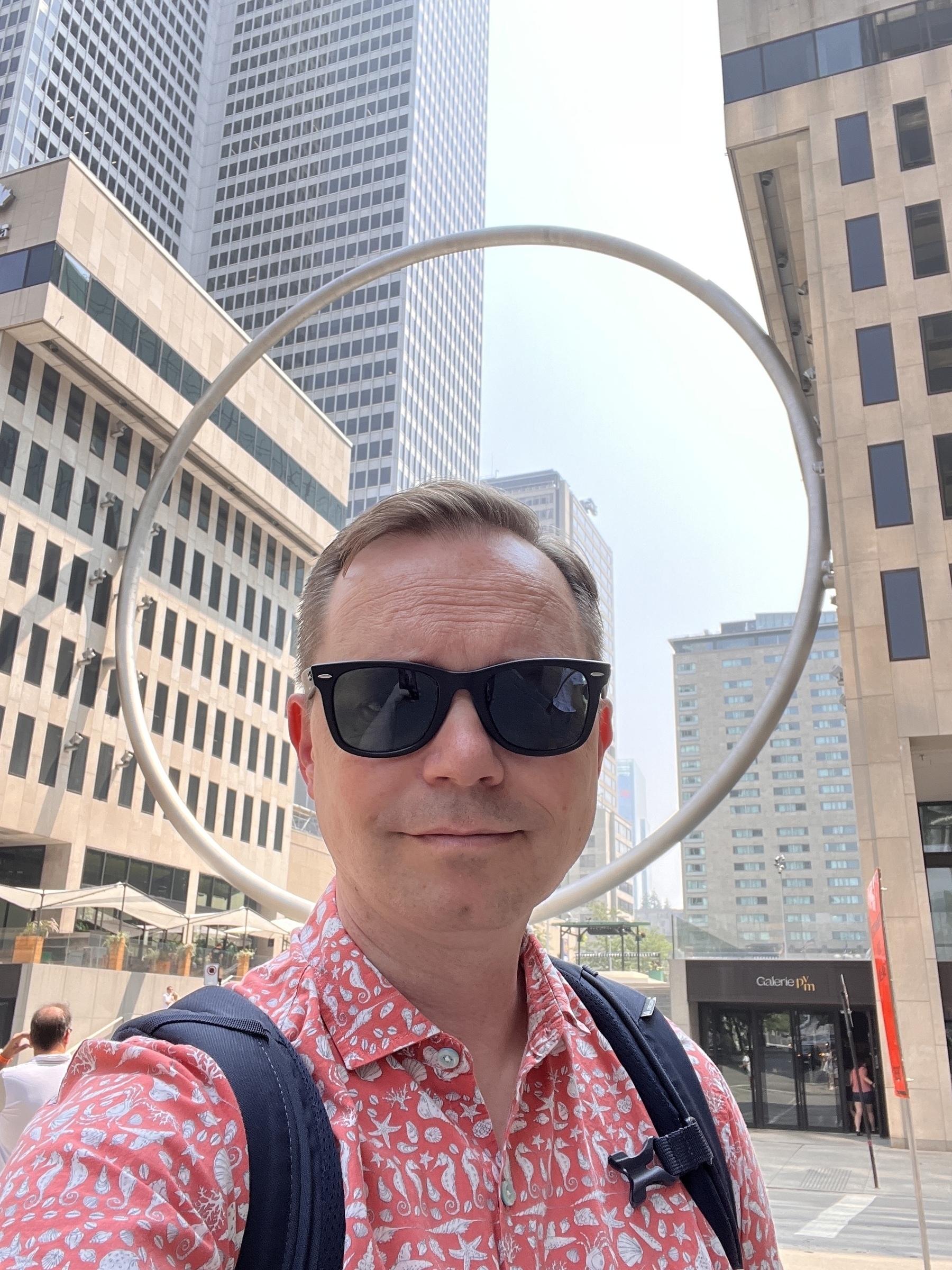
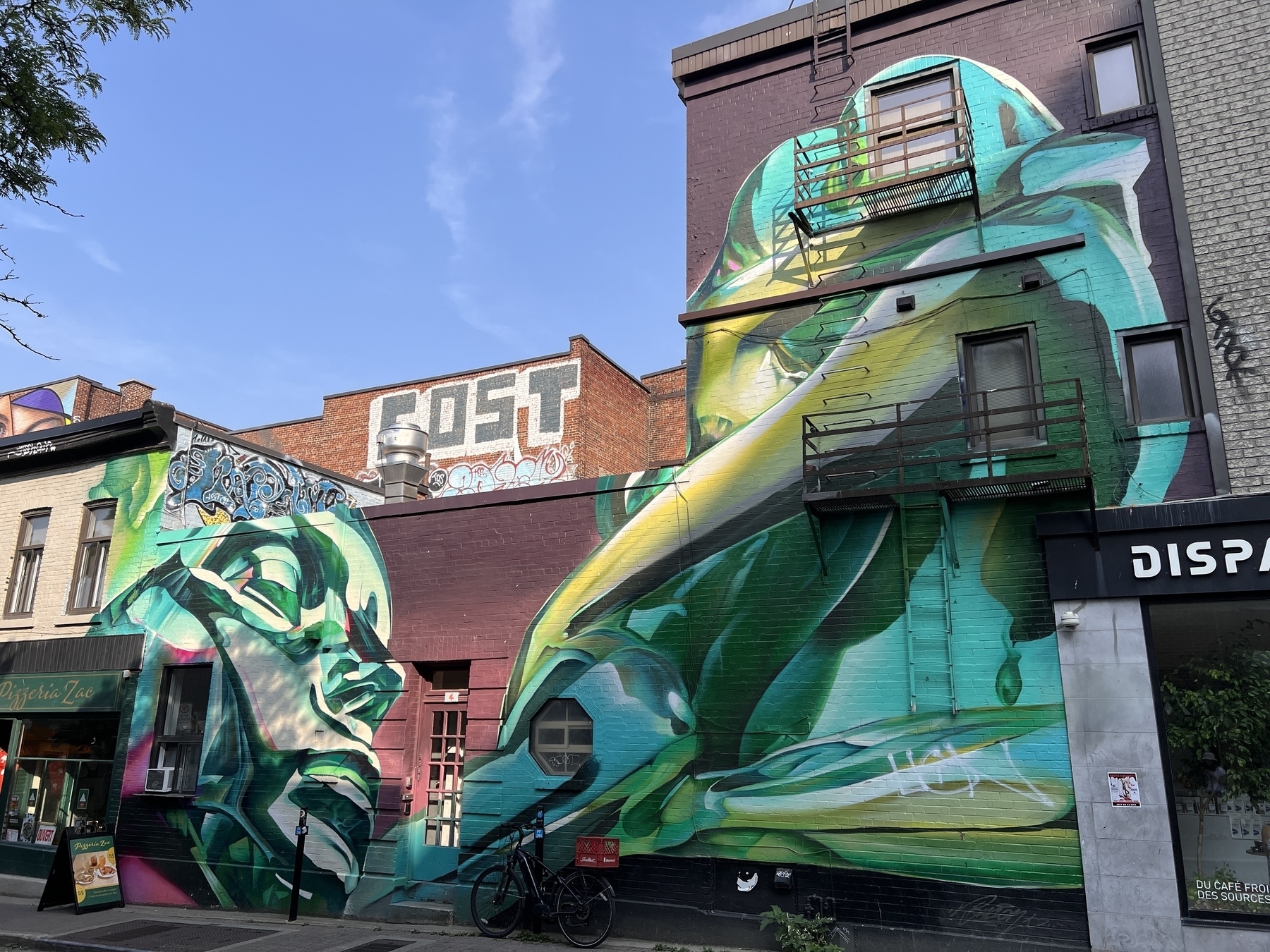
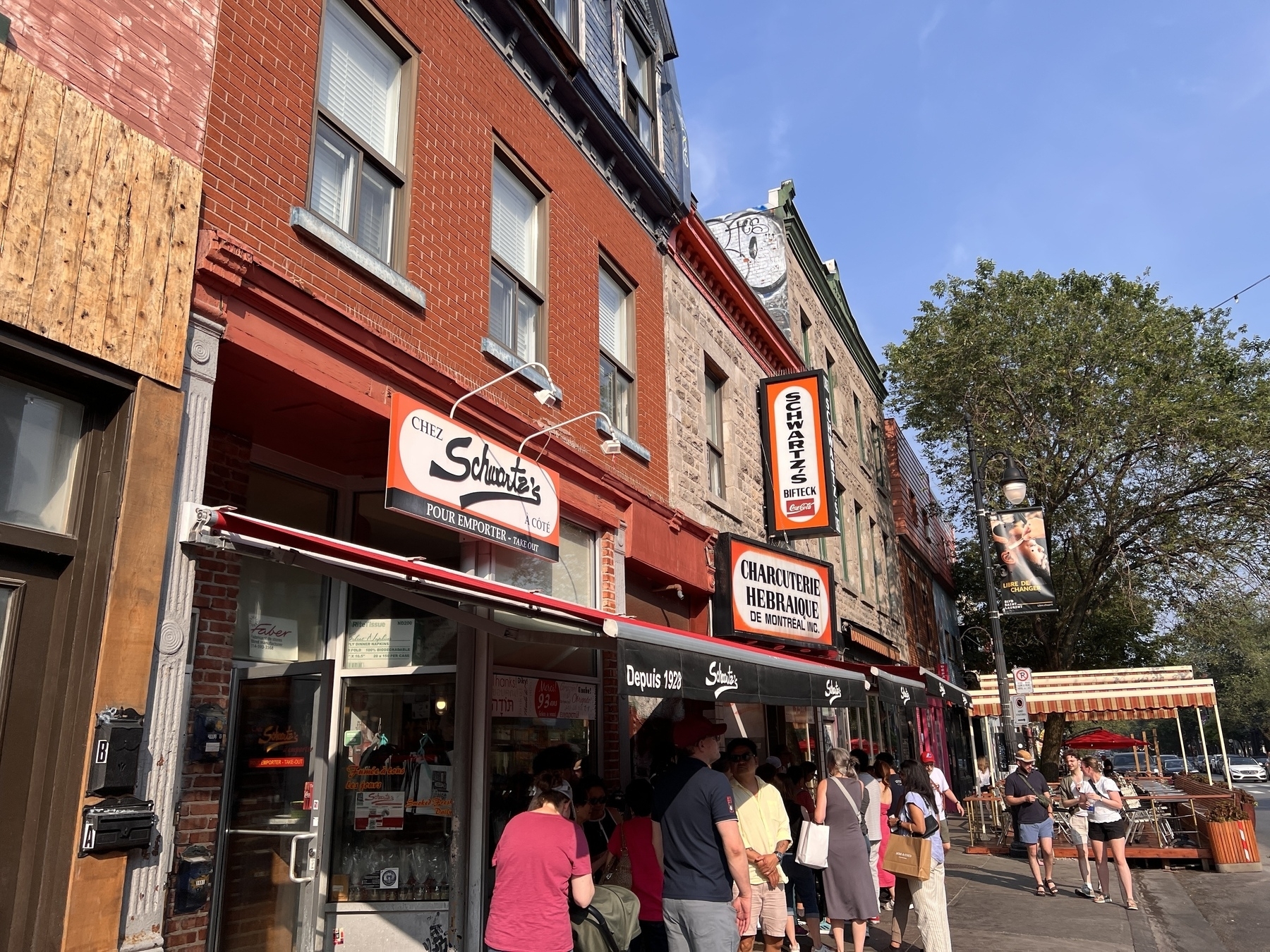
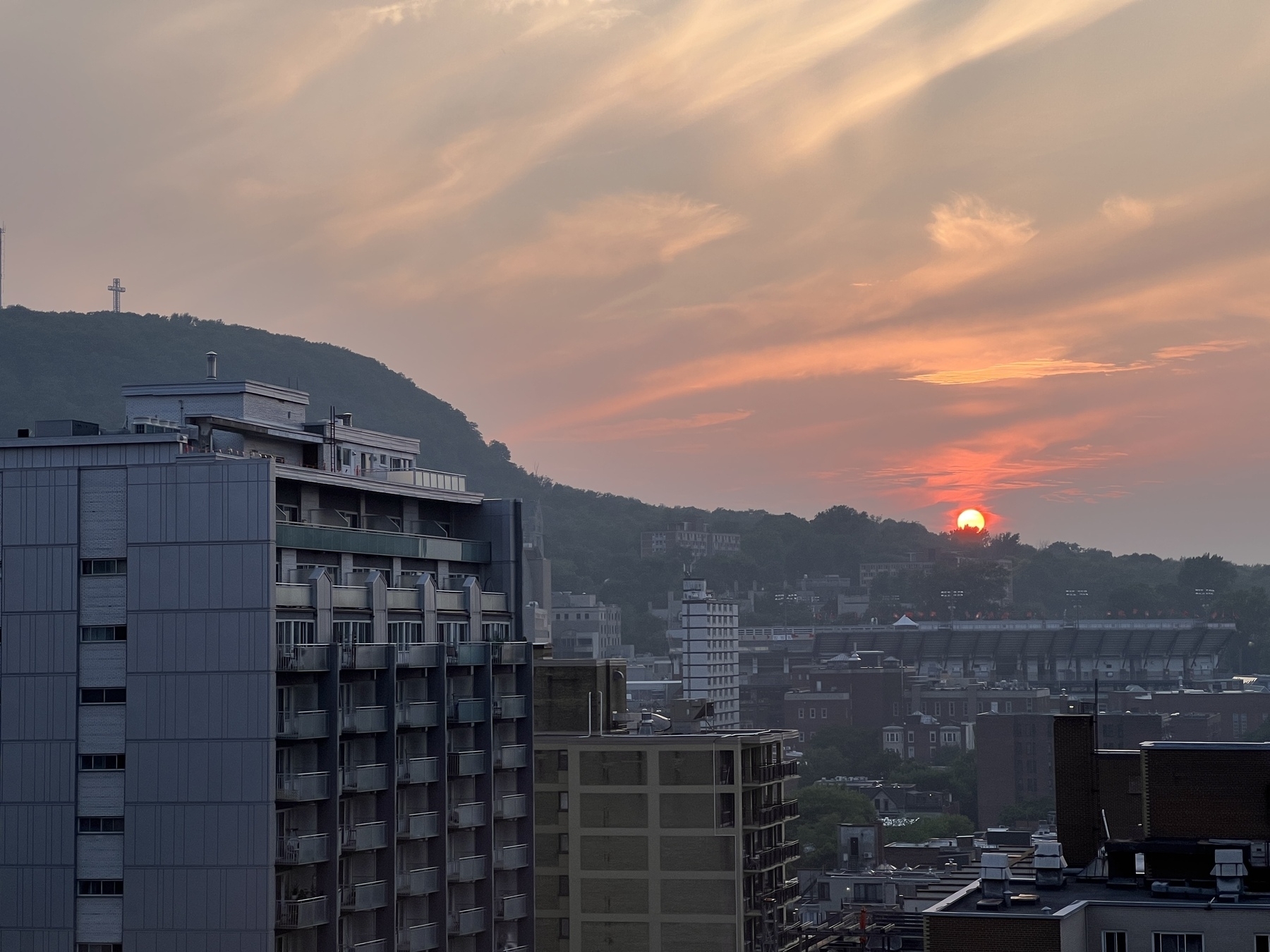
Had a full day in Montréal: met with a friend, a lot of walking around, visited the Notre Dame Basilica, ate lobster poutine, and saw Just for Laughs on stage! #travel #photography




Tuesday, April 29, 2025
This past weekend we were blessed with gorgeous clear blue skies as we took the ferry from Tsawwassen across the Georgia Strait to Swartz Bay on Vancouver Island. Swartz Bay? But, it says “Nanaimo” in the title? you observe. And yes, you are correct. Although there is a ferry from Tsawwassen direct to Nanaimo, we decided to land at the southern end of the island and spend the Friday afternoon driving up the east coast of the island, visiting all those tiny little towns that I have heard about but have never actually visited before.
Friday, March 7, 2025
It had been years since I had been to Shinjuku, at least, around the JR Station. It was a lot dirtier than I remember, but more than 25 years had past. It was a whirlwind trip this time to Japan, all for an important meeting for a client that asked me to come and help out. Except for taking my client to Ginza by taxi for some shopping, I stayed put in Shinjuku.
Sunday, December 29, 2024
Now that we are at the end of the year, and I have this arbitrary deadline looming, I thought I’d better finish off my series on travelling to Taiwan. Taiwan was extremely stimulating, and I have been promising to write my conclusions after doing a series of posts. At the same time I held off for fear of putting my foot in my mouth (this post might actually accomplish that 😅), so, rather than conclusive statements or “insights”, maybe I will conclude with some questions, lines of inquiry that you or I or whoever is next travelling to Taiwan to take with them.
Friday, December 27, 2024
I didn’t notice it in Frankfurt, but maybe that was because it was such a sunny day and after the 10 hour flight from Vancouver I was a bit jetlagged. Happy people enjoying the warm rays, walk the river under the watchful eyes of the statue of Karl de Grosse (aka Charlemagne), King of the Franks in the 9th century. Whether it was the weather, jetlag, or the cute little historical towncenter of Römerberg, I didn’t notice it.
Thursday, November 21, 2024
Here are some photos and a bit of an overview of our recent, cross-border #DWeb event whtwnd.com/chadkoh.c…
Had a nice time walking around Mannheim taking selfies in front of old/impressive things
Friday, September 27, 2024
This post is part of a series. See the introduction here → Despite being the beginning of May Taipei was very warm. The sun was out as we walked the wide sidewalks around Taipei Station downtown, cars and scooters zooming by. Even when it was cloudy, crossing the Keelung River through the tech area of town (I spotted the Foxconn tower), the lush green mountains of the north were a tropical reminder.
Monday, June 3, 2024
This post is part of a series. See the introduction here → (see the whole album in full screen on Flickr here) The gold rush at the turn of the 1900s caused a boom in the small mountain town of Jiufen, with its sweeping views of the sea towards both the northwest and northeast. The narrow road switches back upon itself numerous times as you climb up the rugged mountainside.
Thursday, May 30, 2024
Taiwan has been on the bucketlist for a while. In the year 2000 I was an exchange student in Kyoto learning Taiwanese from a fellow exchange student who was so excited for elections that he flew back to Taiwan to vote. That was only the second presidential election since the military dictatorship (which ruled from 1949) had transitioned to democratic elections in the nineties. In 2000 things were very exciting since it was the first time an opposition party won the presidency.
Thursday, May 30, 2024
This post is part of a series. See the introduction here → (see the whole album in full screen on Flickr here) Kaohsiung is a port city in southern Taiwan, developed by the Japanese as an important industrial hub. We hired a tour guide who carted us around to different locations including the port area, the old British consulate, the art walk, and to one of the most intensely nerdy coffee shops I have ever seen (run by what I am pretty sure are devotees of the Falun Gong new religious movement , check out the art to see what I mean).
Pano of Jiufen for you
Wednesday, February 28, 2024
The HN Tokyo Meetup. As one Kansai person told me: “I can tell it’s a meetup for people who are into frameworks.” Last week I went up to Tokyo on my annual pilgrimage to meet with old friends and make new connections. I timed my trip to coincide with the monthly Hacker News Tokyo Meetup. These social events regularly see a hundred or so hackers, entrepreneurs, and tech enthusiasts of all kinds come out to drink and be merry.
Friday, December 29, 2023
As described in my previous post, Istanbul is a city of layers. Nothing demonstrates this more than one of the gems of the city: the Hagia Sophia. Built on the site of an earlier Christian church erected in 336 AD by Constantius II (son of the Emperor Constantine) the current building was made in the 532 AD by the Byzantine emperor Justinian I. For a thousand years it was the largest building in the world.
Monday, November 27, 2023
Istanbul, Constantinople, Nova Roma — the city at the crossroads of the world — is a city of layers. First settled 6000 years ago each new community was built on top of the previous. And being located at such a strategic point as the world’s only trans-continental city, there have been a lot of different people groups and empires with designs on the city. I was in town for just over ten days, mostly for work, but my old pal Chris Gunson flew up from Dubai and we toured around together for a few days.